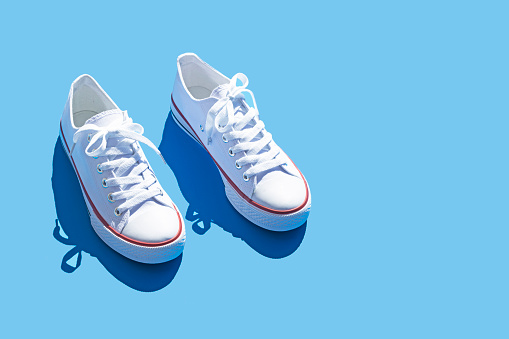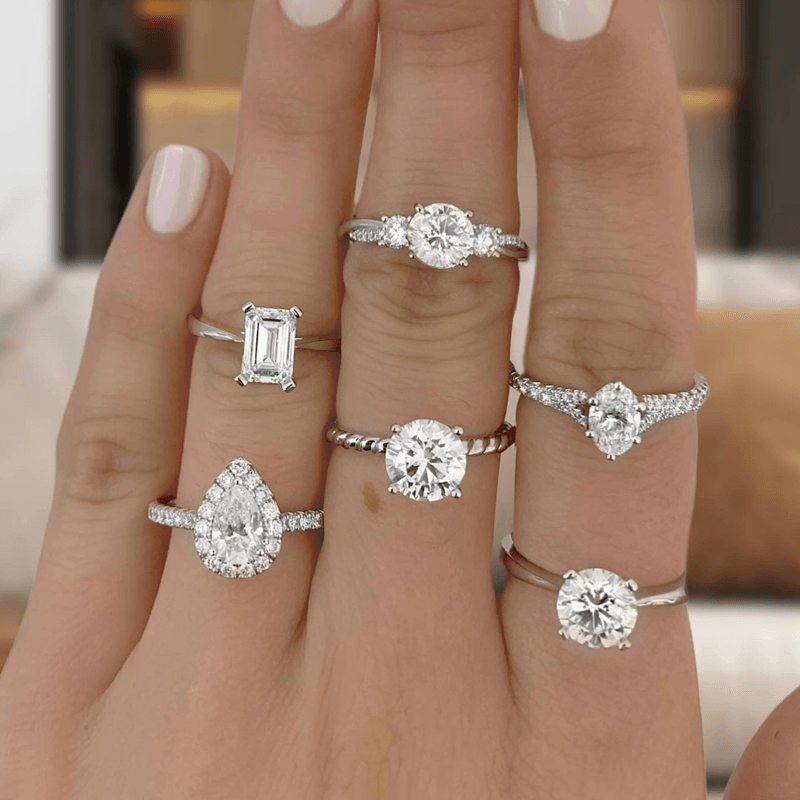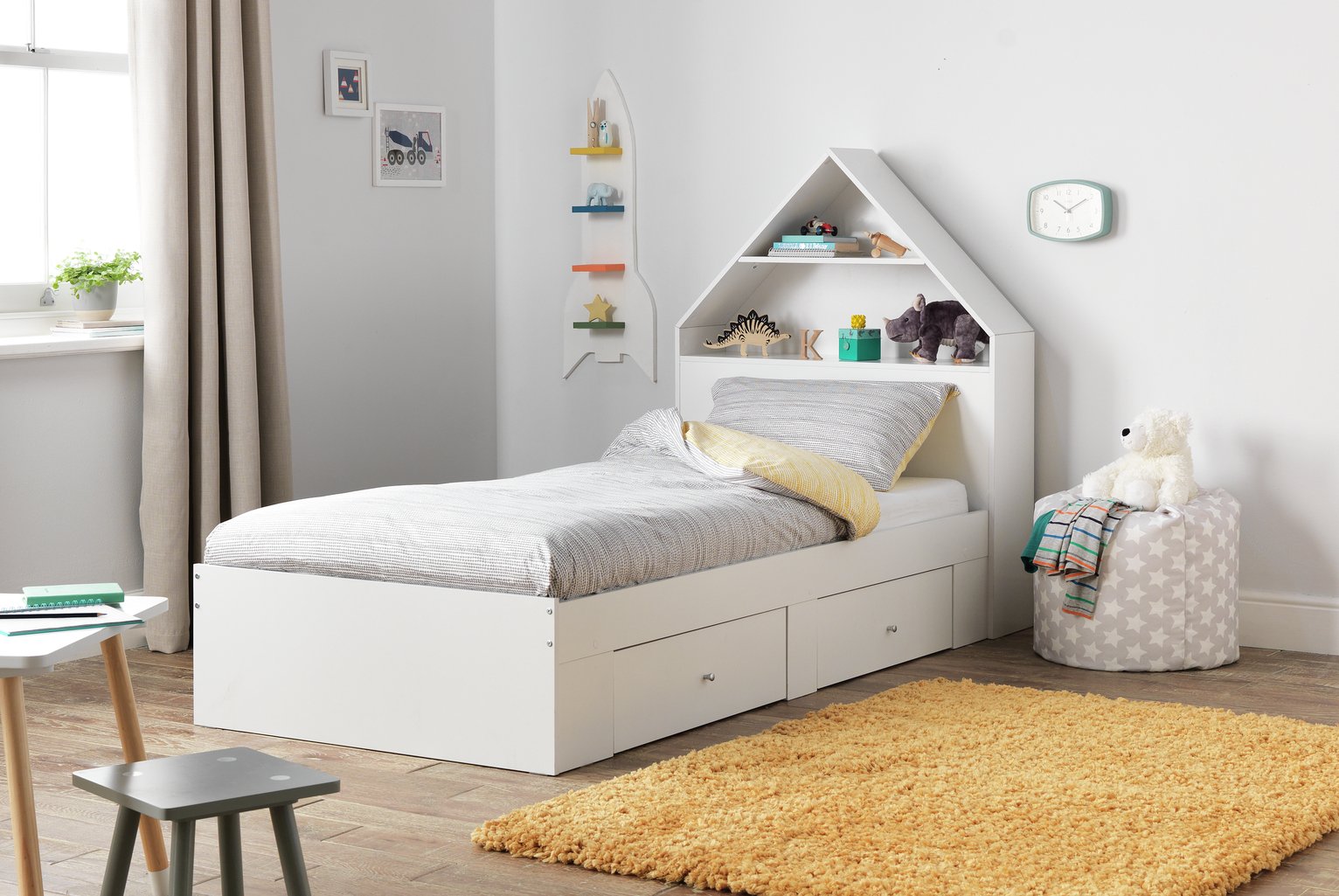Wearing the right shoes is important for both comfort and injury prevention. You want to make sure that the shoes you select fit well and do not rub or pinch any part of your foot. You also want shoes that provide adequate support and cushioning, as this can help reduce the risk of injuries such as heel pain or plantar fasciitis.
However, with all the different types and styles of shoes on the market, it can be hard to know which ones are right for you.
You should look for shoes that:
Have a low heel-to-toe drop: This means that the height difference between the heel and the toe of the shoe is small. A low heel-to-toe drop helps to promote a more natural walking pattern, which can reduce your risk of injuries.
Provide arch support: If you have high arches, look for shoes that have extra arch support. This will help to prevent the arch of your foot from collapsing, which can cause pain.
Are flexible in the forefoot: You should be able to bend the shoe at the ball of your foot with ease. A flexible shoe will allow for proper toe movement, which is important for balance and injury prevention.
Have a wide toe box: A wide toe box allows your toes to spread out and prevents them from being cramped up inside the shoe. This can help to reduce the risk of bunions or other toe deformities. You can easily buy shoes with wide feet support from stores such as Wide Fit Shoes which also offers an amazing collection of women’s boots.
Have a stiff back: A stiffer shoe will provide more support to the back of your foot, which can help to prevent injuries such as heel pain or Achilles tendinitis.
Are made of breathable materials: Breathable materials will help to keep your feet cool and dry, which can reduce the risk of foot problems such as athlete’s foot.
If you are an athlete or participate in activities that put stress on your feet, you may also want to consider shoes that are specifically designed for those activities. For example, if you are a runner, you may want to choose a pair of running shoes that have extra cushioning and support.
When To Replace Shoes?
You should replace your shoes every 300-500 miles or when they start to show signs of wear and tear. Look for things like a loss of cushioning, excessive creasing in the upper, or a cracked sole. Wearing worn-out shoes can lead to injuries such as Achilles tendonitis or plantar fasciitis.
You may also want to consider replacing your shoes more frequently if you are an athlete or participate in activities that put a lot of stress on your feet. For example, runners may need to replace their shoes every 200-300 miles. However, this will vary depending on the type of shoe, your weight, running style, and the surface you are running on. If you notice that you are experiencing new or increased pain in your feet or legs, it may be time to replace them.
Consider Different Factors For Different Shoes:
Athletic shoes: The four types of running shoes are stability, motion control, cushioned, and minimalist. The type of shoe you need will depend on your foot type, running style, and the surface you will be running on. For example, if you have a high arch and run on concrete, you will need a different type of shoe than someone with a low arch who runs on grass.
For court sports: Tennis, squash, and badminton shoes have non-marking soles to protect the court surface from damage. They also have a good grip to help you make quick starts and stops. The shoes should be comfortable and provide good support to your feet and ankles.
Minimalist shoes: These shoes have a very low heel-to-toe drop and are designed to mimic the natural movement of your feet. They can help you improve your balance and posture and may reduce your risk of injuries. However, they are not for everyone, and you should talk to a doctor or physical therapist before making the switch.
Sandals: Choose sandals that have a supportive footbed and straps that secure the foot in place. Avoid sandals with a lot of toe grip, as they can cause bunions. If you have diabetes, it is important to choose a sandal with good arch support to help prevent foot problems.
Dress shoes: Dress shoes should be comfortable and provide support to the foot. If you wear heels, make sure they are not too high and that you can walk in them without pain. Consider getting a shoe with a wide toe box to prevent bunions or other toe deformities.
Boots: Look for features such as a padded collar, a waterproof and breathable membrane, and a good lacing system. Boots should also be comfortable and provide support to the foot. If you will be wearing them for long periods of time, make sure they are not too tight and that you can wiggle your toes.
Conclusion
Now that you know more about shoes, it’s time to start shopping for the perfect pair! Keep in mind the different factors that will affect your decision, such as the type of activity you will be doing, your foot type, and the surface you will be walking or running on. With so many options available, you are sure to find a shoe that is comfortable, stylish, and performs well.














